Leo (Shinha)
Leo, resembles the shape of a lion, when stars in this constellation are imaginarily connected, as per Indian mythology!
Where should I see…Cancer, is the constellation which is towards west of Leo constellation. If you move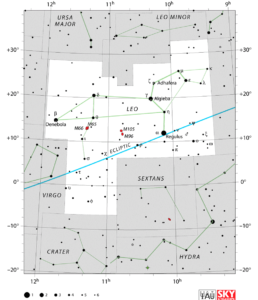 your eyes towards east, you will see another constellation named Virgo. In the North of Leo, you will find Leo Minor and Ursa Major and in South, Sextans and Crater constellations respectively. Leo is halfway between celestial equator and North Pole, and so is fully part of Northern Hemisphere.
your eyes towards east, you will see another constellation named Virgo. In the North of Leo, you will find Leo Minor and Ursa Major and in South, Sextans and Crater constellations respectively. Leo is halfway between celestial equator and North Pole, and so is fully part of Northern Hemisphere.
It covers up 947 square degree area of the sky. Area wise it is 12th largest constellation in the sky.
When and What can I see…We can gaze at this lion shape of Leo constellation from November to June, as seen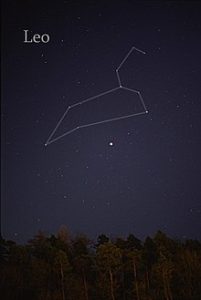 from India.
from India.
All you need is your naked eyes other than clear skies to see 129 stars of this constellations, as they are the one which are brighter than the lower limit of our naked eyes (i.e. 6.5 apparent magnitude) to see faintest stars.. The brightest star of this constellation is Regulus. The Hindu name is Magha, which is also known as Nakshatra (lunar mansion). Purvya Phalguni and Uttara Phalguni are two other nakshatras in the same constellation. Another name for Uttara Phalguni is Denebola.
Constellations are made up of single, binary (apparent and absolute), multiple and variable stars. Out of total 129 stars of different types, here is the list of 20 brightest stars as per their nature:
| Binary / Multiple Star system | Variable Stars | Binary and Variable Stars | Single stars |
| Subra | Chertan | Regulus | Rasalas |
| 3 | Alterf | Denebola | 2 |
| – | 2 | Zosma | – |
| – | – | Algieba | – |
| – | – | Adhafera | – |
| – | – | 4 | – |
| 4 | 4 | 9 | 3 |
As per Hindu mythology, there are no such known stories for this constellation.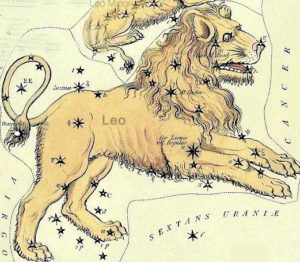
Deep Sky Objects…
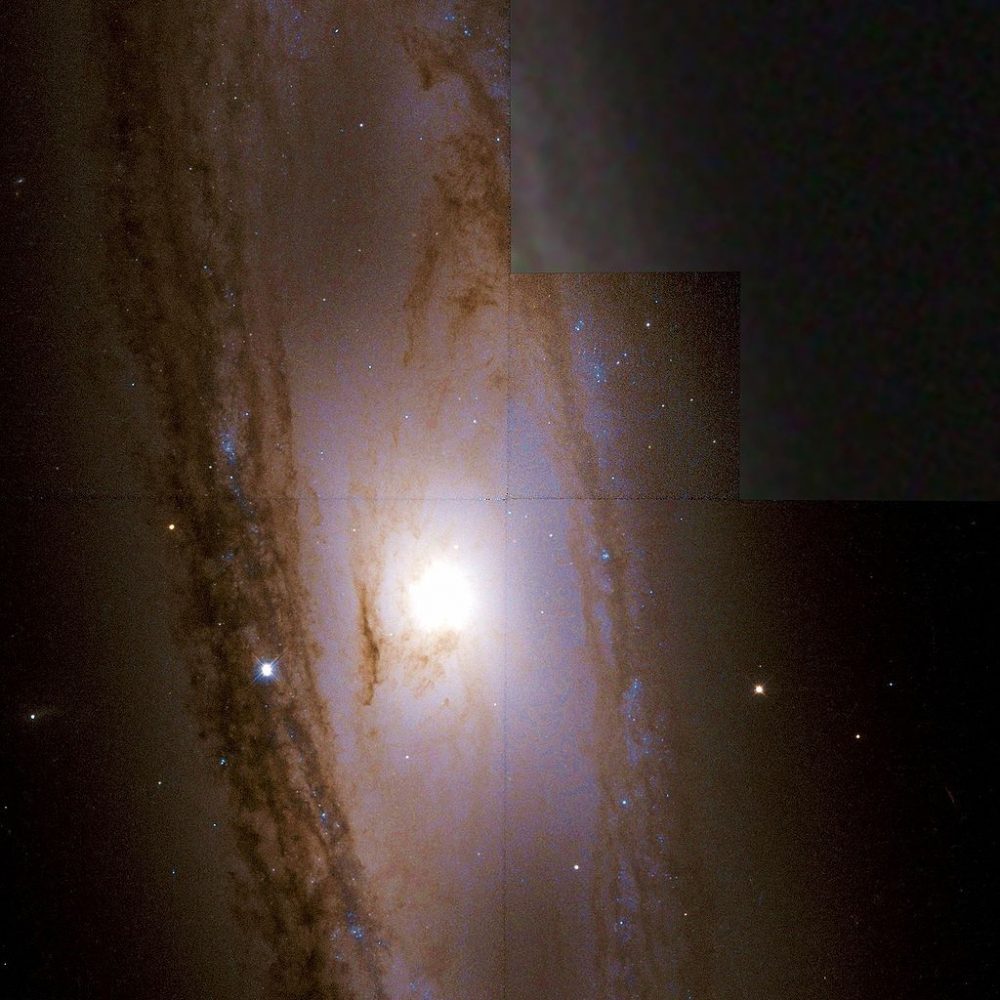 M65 or NGC 3623 || Spiral Galaxy
M65 or NGC 3623 || Spiral Galaxy
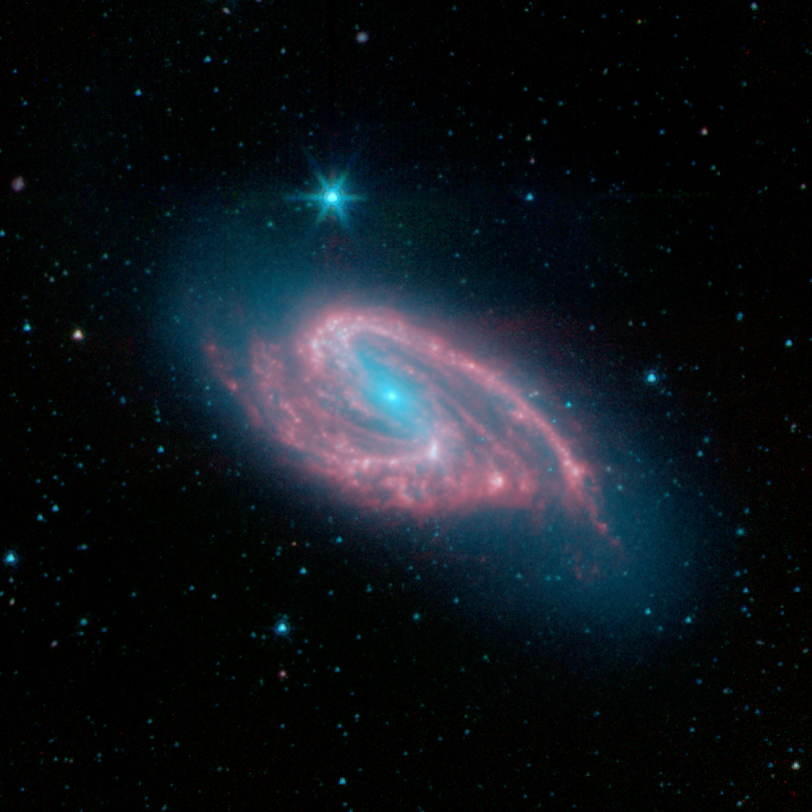 M66 or NGC 3627 || Spiral Galaxy
M66 or NGC 3627 || Spiral Galaxy
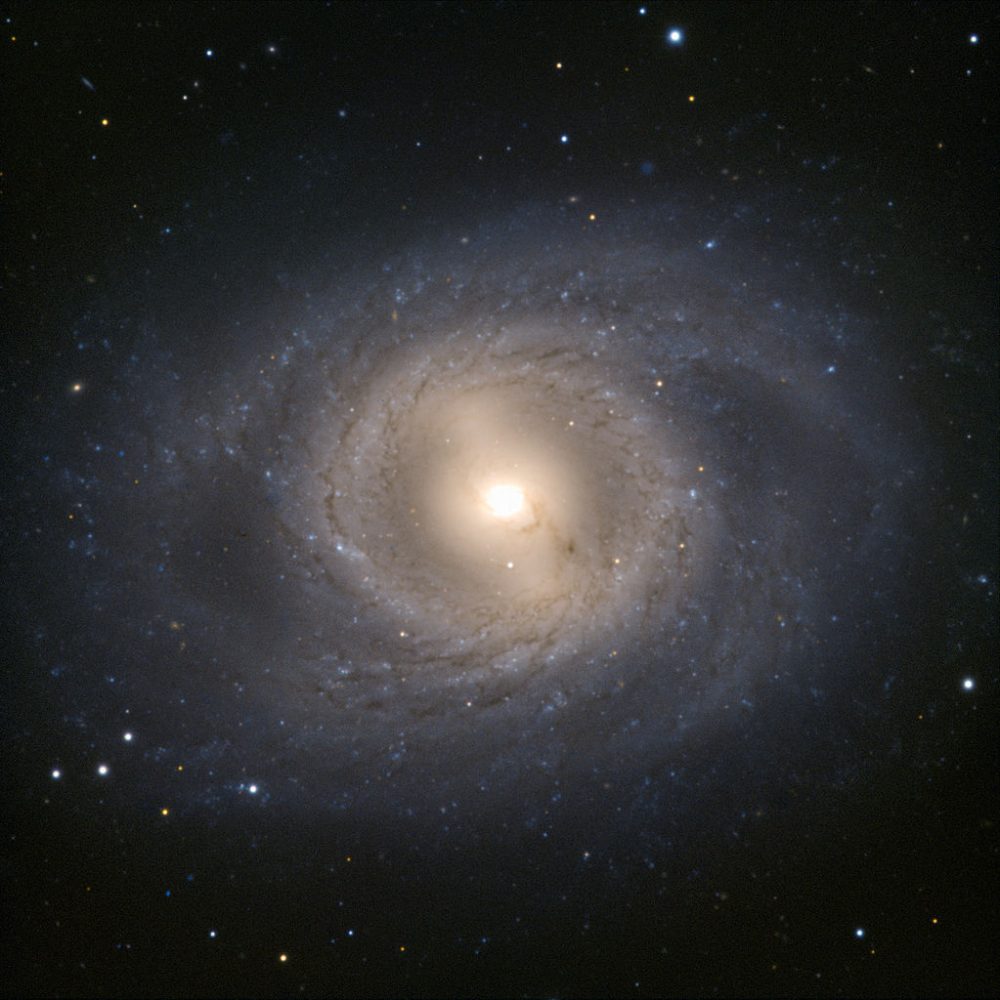 M95 or NGC 3351 || Barred Spiral Galaxy
M95 or NGC 3351 || Barred Spiral GalaxyAll the stars that we see naked eyes, all belong to our own, Milky way galaxy (Akash Ganga Tara Vishv). Bright stars can be seen naked eye and faint one through telescope. But the curtain of sky that we see in 2D is actually a huge universe we are talking about, with 3 dimension. There are many nebulous objects visible in every constellations. They differ widely by distances and nature. Like Emission Nebula, Reflecting Nebula, Absorption Nebula, Star Birth Nebula, Supernova Remnants (SNR) and Open Stars cluster which are within the disk of our own Milky Way galaxy. Globular cluster are also found, which are in the halo of our galaxy and some most distant objects like galaxies are also visible through telescope. Such objects are defined as “Deep Sky Objects”.
In this constellation there are 832 such different types of Deep Sky Objects observed. Below is the list of 20 brightest Deep Sky Objects:
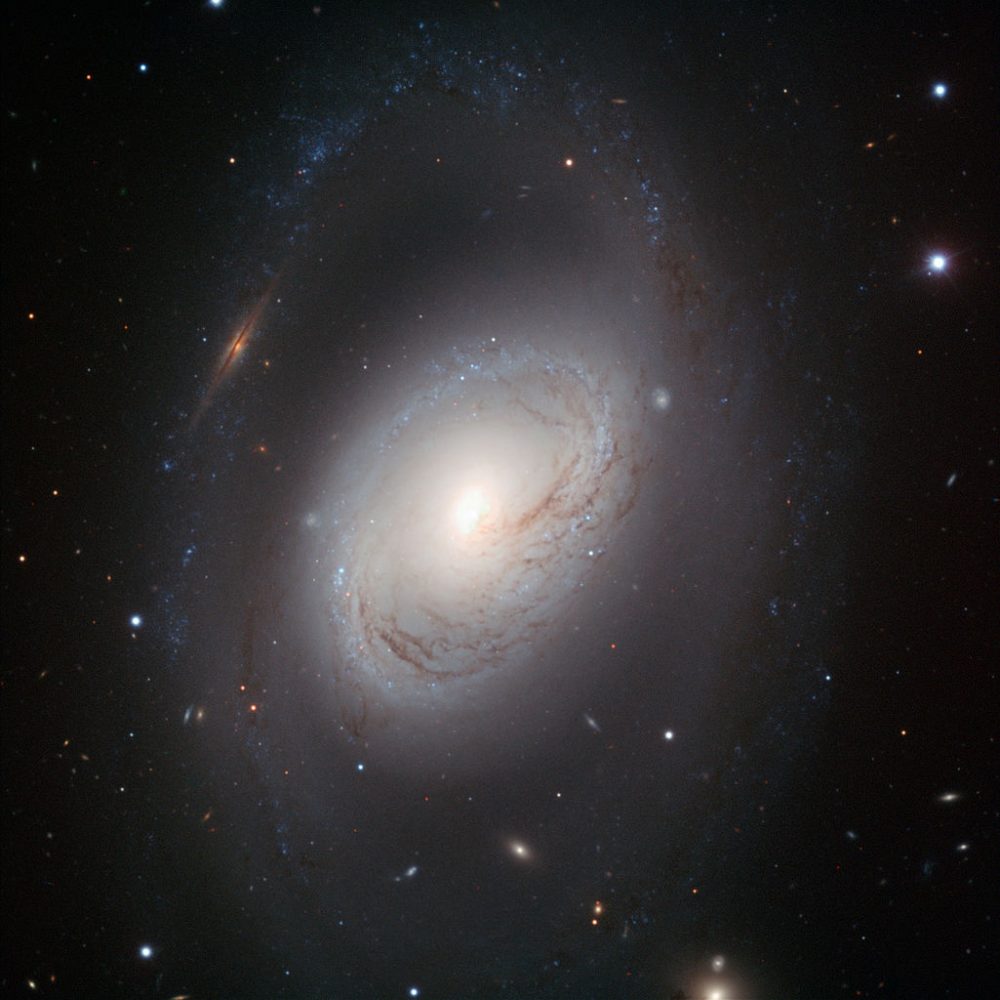 M96 or NGC 3368 || Spiral Galaxy
M96 or NGC 3368 || Spiral Galaxy
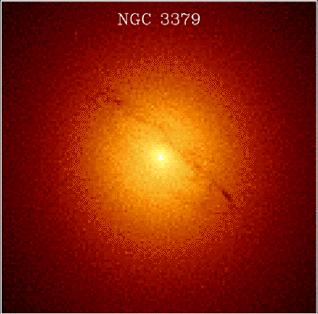 M105 or NGC 3379 || Elliptical Galaxy
M105 or NGC 3379 || Elliptical Galaxy
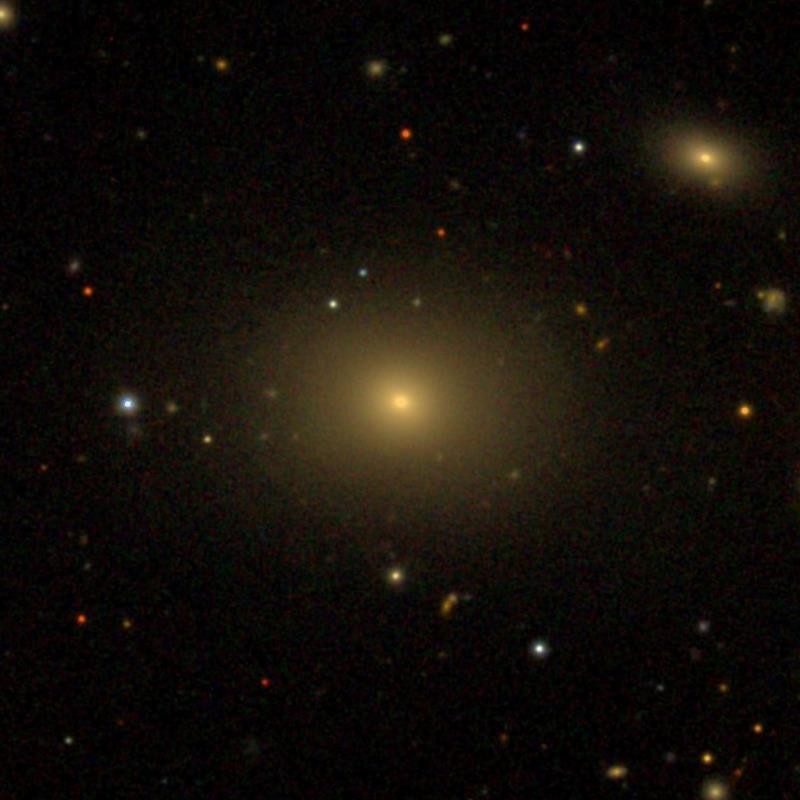 NGC 3357 || Elliptical Galaxy
NGC 3357 || Elliptical Galaxy| Galaxy | Open Cluster | Globular Cluster | Nebula | Supernova Remnant | ||
| Naked eye visibility | – | – | – | – | – | |
| Visible through Telescope | M66 (Leo Triplet) | – | – | – | – | |
| M95 | – | – | – | – | ||
| M65 (Leo Triplet) | – | – | – | – | ||
| M96 | – | – | – | – | ||
| M105 | – | – | – | – | ||
| 15 | – | – | – | – | ||
| 20 | – | – | – | – |
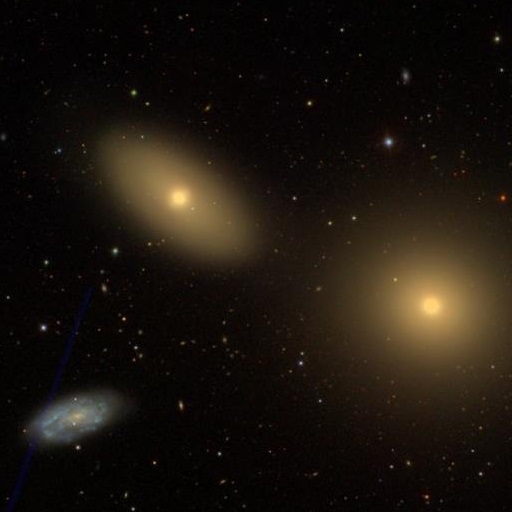 NGC 3384 || Elliptical Galaxy
NGC 3384 || Elliptical Galaxy
 NGC 3596 || Spiral Galaxy
NGC 3596 || Spiral Galaxy
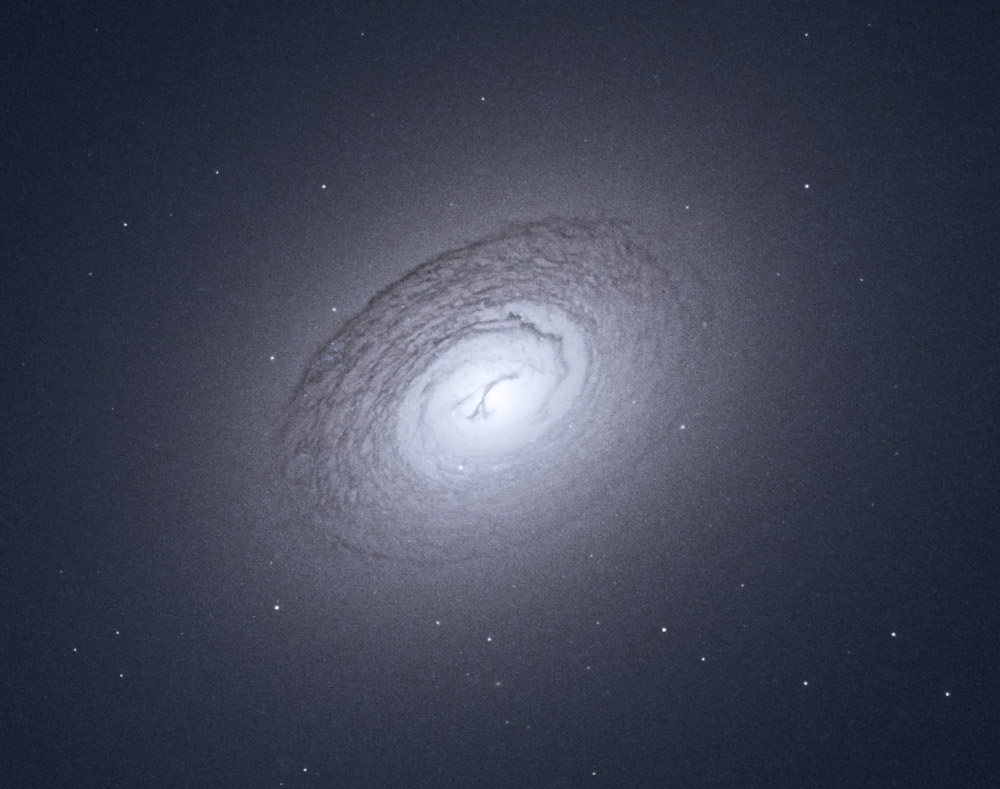 NGC 3607 || Spiral Galaxy
NGC 3607 || Spiral Galaxy

